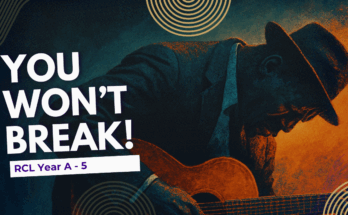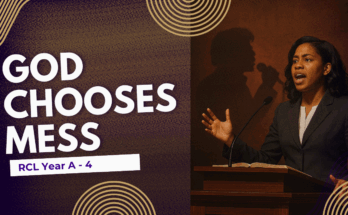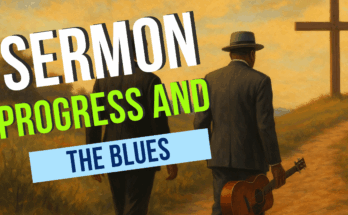As an Amazon Associate I earn from qualifying purchases.
Whooping is one of the components of the Black Preaching Tradition that grabs the attention of many congregates and preachers. While there was a time when whooping was in decline, Martha Simmons, the foremost expert on Whooping, states in her book Preaching with Sacred Fire, that it has simply changed and adapted with the times. Simmons notes four phases of whooping. The first phase is roughly attached to African Traditional Religion and its emphasis on musicality. The second is the era of J. M. Gates who was an early whooper who influenced many by his preaching recordings. The third era is of C. L. Franklin who is probably the most imitated and popular whooper of them all. Finally, we have the Charles Adams era of whooping. In each era the art has adapted. For example under the Charles Adams era, according to Simmons, the whoop became much faster and less melodic.
Whooping and Music
Although there are differences between eras, Jon Michael Spencer notes in his book Sacred Symphony a commonality between the different eras as well as a commonality with music itself. Among these commonalities with music are melody, rhythm, call and response, harmony (including extensive use of the pentatonic scale as well as moves from sub dominant to dominant), counterpoint, form, and improvisation. Spencer provides an interesting look at the art form from the angle of music which might be of aid to those who would seek to learn how to practice the art form.
Whooping as Metaphor for Black Religion
Discussion of the art form is very appropriate for Black preachers in that it could almost be a metaphor for the whole of Black religion. According to Simmons, it probably has roots in the musicality of the African mind. Over time, she notes, “Blacks were not converted to the white Christian God; they converted their God to English language.†Just as in Black American religion in general, this art form embodies an “African-ness†that has simply been transferred for use in Christianity. Finally, the art form evolved just as Wimbush notes that the Black approach to the Bible has evolved over the years.
Why is Whooping Important
I think that this art form is important for a few reasons. First, it has an appeal to many Black people. Any art form that allows access to the people should at least be critically examined before being set aside. Another important role that the art form plays is its attack on conventional preaching methodologies. It refuses to be constrained by the “intellectual-only†approaches to preaching. Charles Adams reminds us that one can even be a “Harvard Whooper†and thus be very intellectual, but that does not preclude the need to address the emotive dimensions of humanity. Finally, whooping is a channel to our African past. This alone makes it worthy of a second look. When a preacher whoops, she or he is appealing to an explicitly African component of our being. In other words the preacher is keying in to our African past.
Do You Have To Whoop?
One question of importance to any Black preacher is: Must one whoop? I think that the answer is no, one must not whoop to be an effective preacher in the Black tradition, but I would hasten to add that one must not be an “anti-whoop†preacher either. By that I mean that one must not be against this important component of the tradition. There is in some circles an anti-whooping climate that seems to be based in the belief that it is “a circus†or “unnecessary,†or it is “anti-intellectual.â€
Reclaiming Whooping
While it is true that this critique of whooping is sometimes valid. Martha Simmons describes this as a dark side of whooping where preachers simply use it to make up for sloth in preparation. However, I think that what many anti-whooping brothers and sisters don’t realize is that all Black preaching is subject to these problems in the wrong hands. One will attack whooping but hold on to cadence. One might attack whooping and use other forms of rhythm. One will attack whooping and even hold on to some forms of musicality. In short, if whooping is unnecessary then so is the celebration at the end of a sermon. If whooping is unnecessary then so is raising ones voice at the Goodness of Jesus. I think that whooping is a gift to the church that we should not apologize for or give up, but we should attempt to further refine that part of our tradition.
Amazon and the Amazon logo are trademarks of Amazon.com, Inc, or its affiliates.






